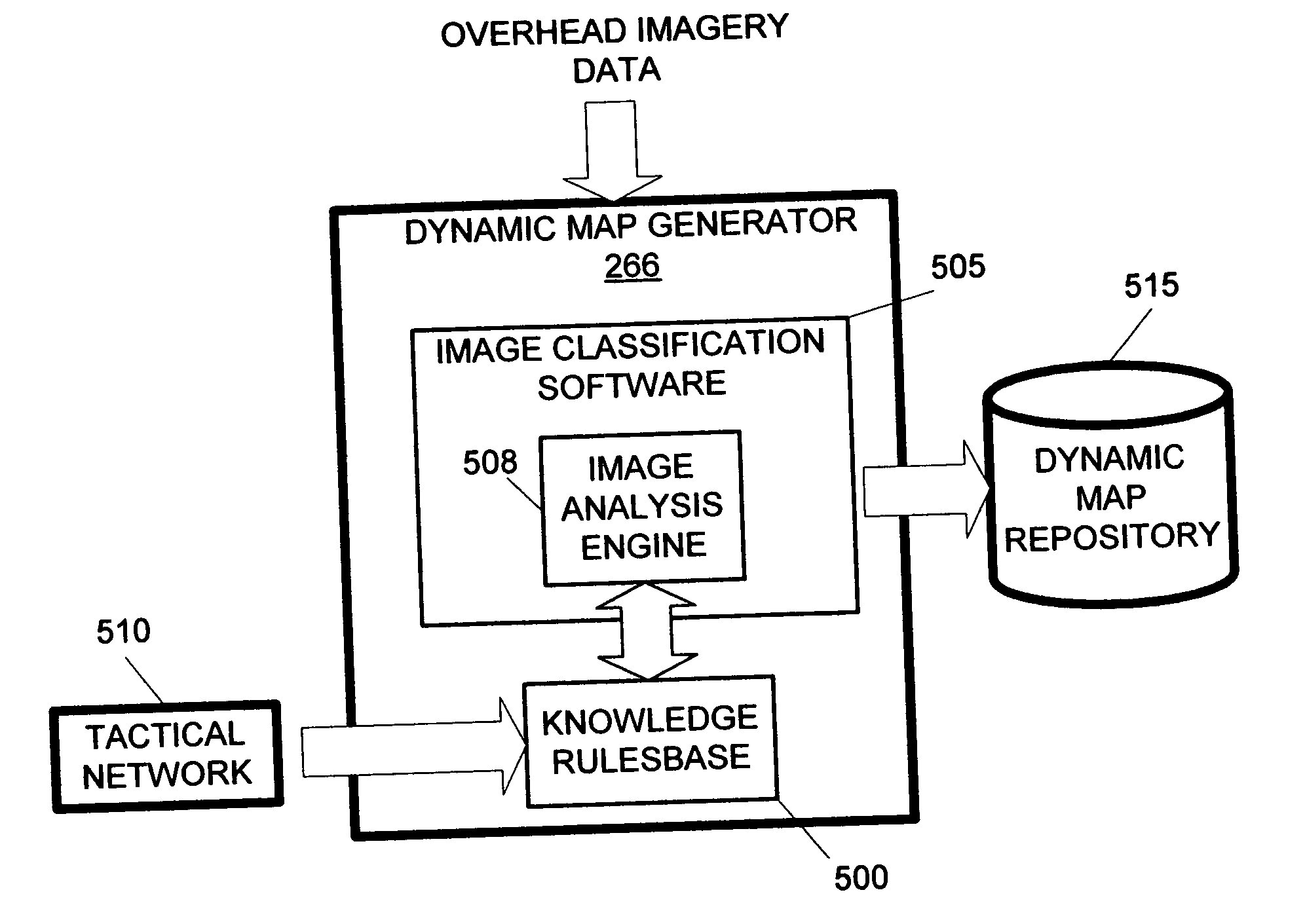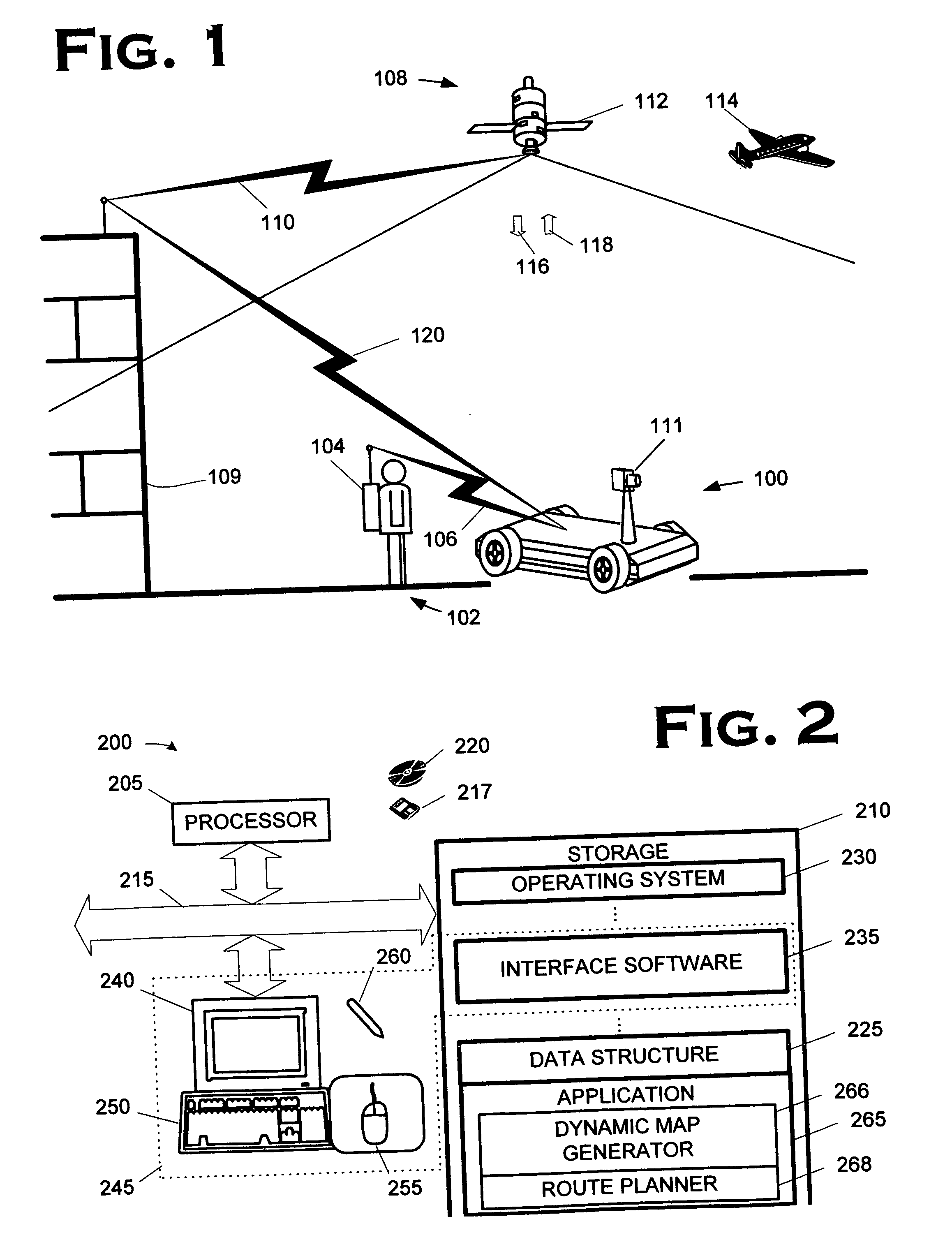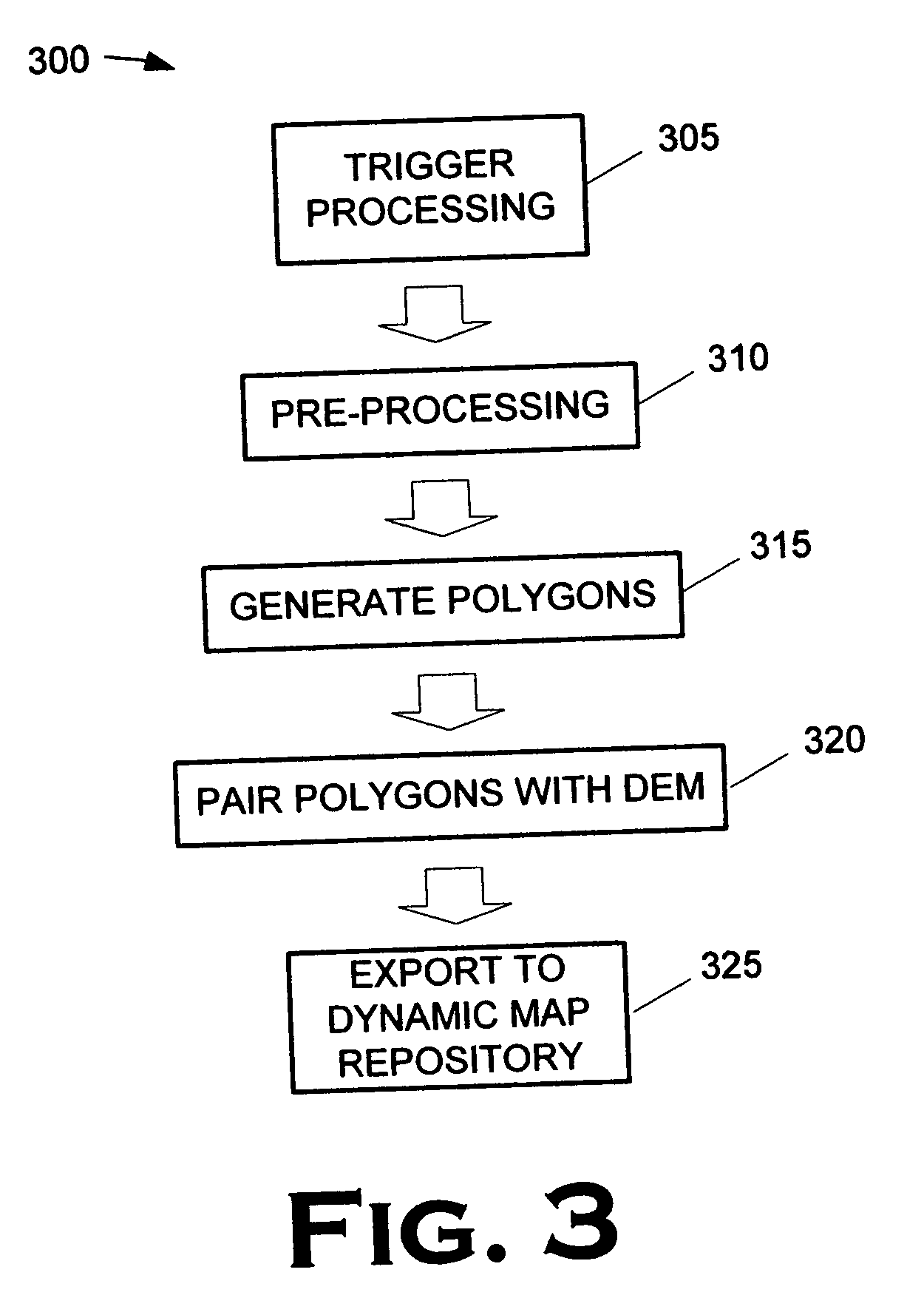Rapid mobility analysis and vehicular route planning from overhead imagery
a technology of overhead imagery and mobility analysis, applied in the field of ground vehicle mobility, can solve the problems of limited mobility of ground vehicles, especially unmanned ground vehicles, and difficulty in computer-based cognition of obstacles, and achieve the effects of reducing the number of obstacles
- Summary
- Abstract
- Description
- Claims
- Application Information
AI Technical Summary
Problems solved by technology
Method used
Image
Examples
Embodiment Construction
[0044] Illustrative embodiments of the invention are described below. In the interest of clarity, not all features of an actual implementation are described in this specification. It will of course be appreciated that in the development of any such actual embodiment, numerous implementation-specific decisions must be made to achieve the developers' specific goals, such as compliance with system-related and business-related constraints, which will vary from one implementation to another. Moreover, it will be appreciated that such a development effort, even if complex and time-consuming, would be a routine undertaking for those of ordinary skill in the art having the benefit of this disclosure.
[0045]FIG. 1 depicts a ground vehicle 100 constructed and operated in accordance with one particular embodiment of the present invention. The ground vehicle 100 is, in the illustrated embodiment, an unmanned ground vehicle (“UGV”), although the invention is not so limited. The ground vehicle 10...
PUM
 Login to View More
Login to View More Abstract
Description
Claims
Application Information
 Login to View More
Login to View More - R&D
- Intellectual Property
- Life Sciences
- Materials
- Tech Scout
- Unparalleled Data Quality
- Higher Quality Content
- 60% Fewer Hallucinations
Browse by: Latest US Patents, China's latest patents, Technical Efficacy Thesaurus, Application Domain, Technology Topic, Popular Technical Reports.
© 2025 PatSnap. All rights reserved.Legal|Privacy policy|Modern Slavery Act Transparency Statement|Sitemap|About US| Contact US: help@patsnap.com



